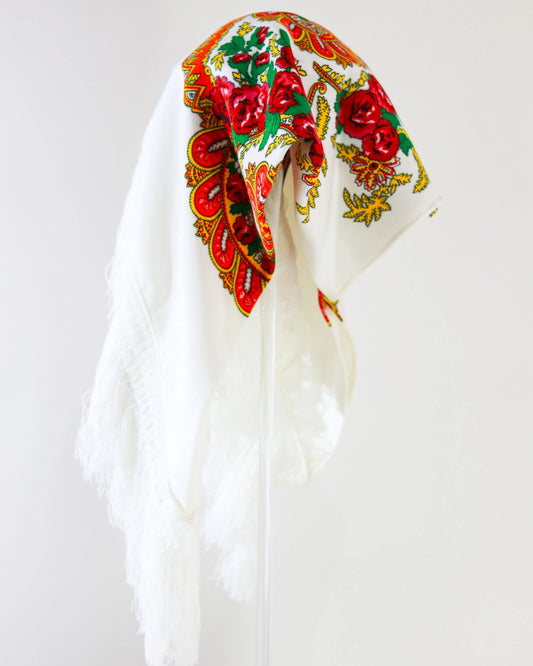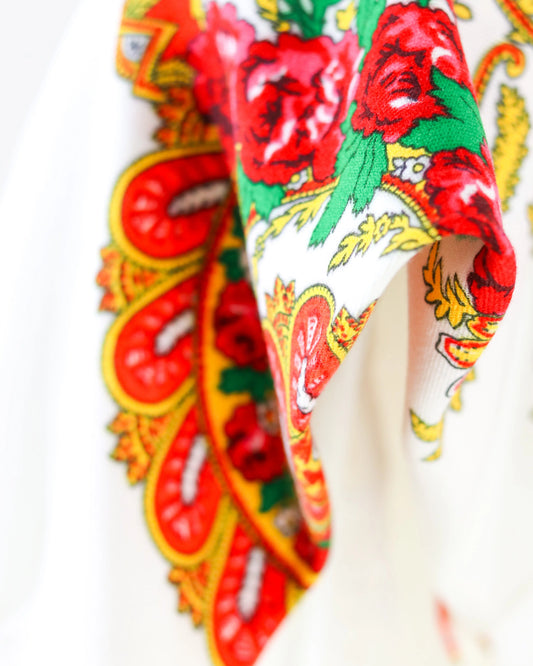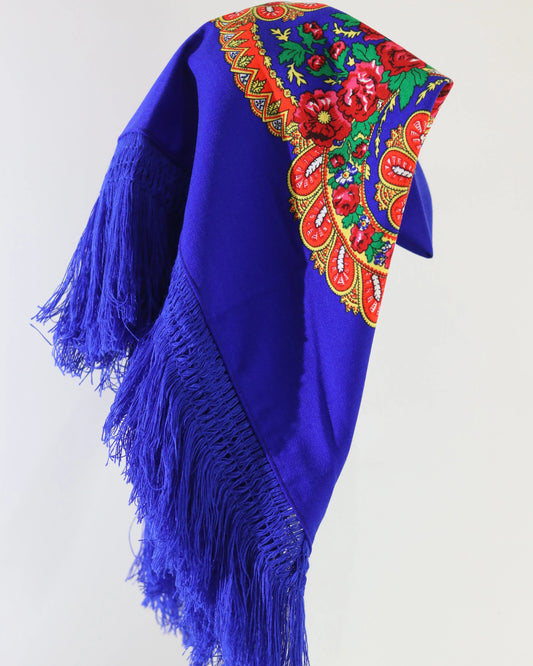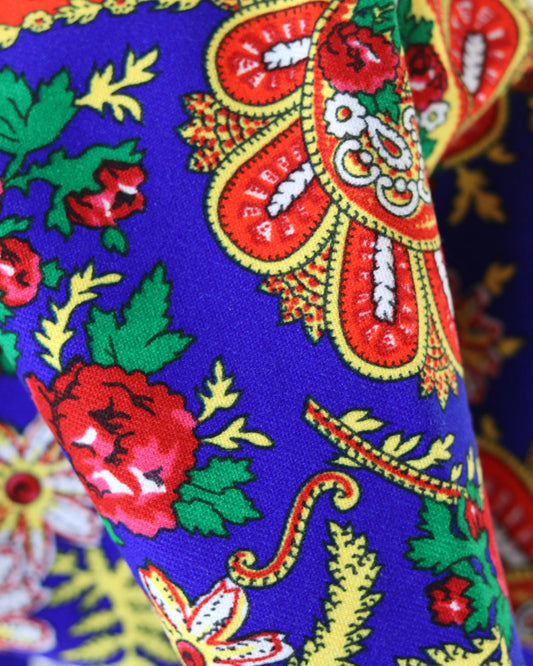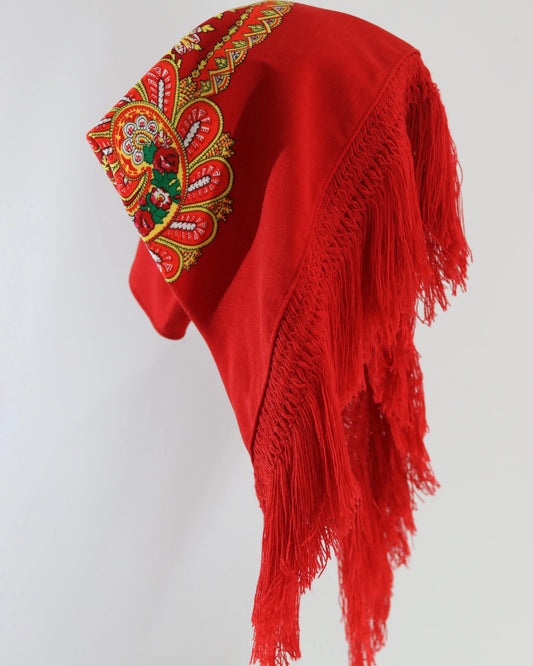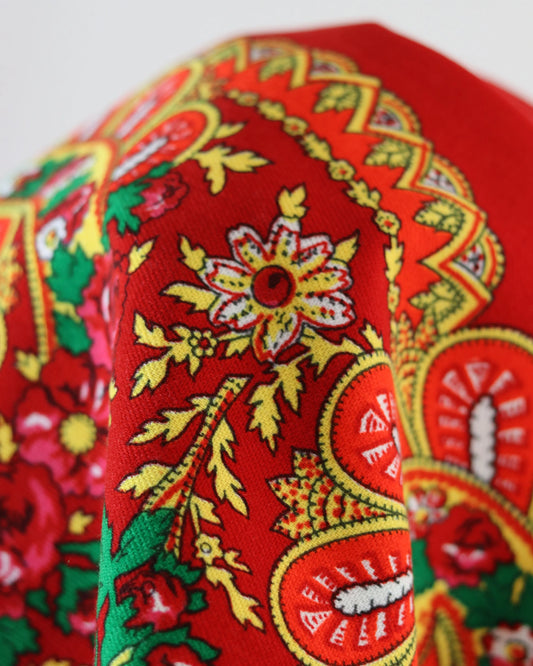Discover the Sanctuary of Our Lady of Agony: Faith and Tradition
Arriving in Viana do Castelo on the eve of August, the sound of drums and bagpipes mingles with the salty scent of Lima. The city takes on the rhythm of footsteps, smiles, and promises. At the heart of this scene is the Sanctuary of Our Lady of Agony, home to an ancient devotion of hope, gratitude, and memory. Here, faith, promise, and emotion are not mere words. They are gestures that repeat themselves over time and give meaning to one of the most intense pilgrimages in the country.
A meeting place between sea and land
The sanctuary stands near the fishing district, just steps from the riverbank. This is no accident. For centuries, devotion to Our Lady of Agony was the invisible network that sustained men and women of the sea. On stormy days, many would ask for protection. On calm days, they would return to give thanks.
Some enter in silence, simply noticing the glow of the candles. Some arrive clutching a rosary. Others come simply to look, curious, and end up staying longer than expected. It's a place where you can breathe calm, even when the city buzzes outside.
The temple began as a small chapel, grew with the rhythm of devotion, and became a landmark. Ancient records speak of fishermen, ex-votos, and fulfilled promises. This memory is captured on the walls and throughout the space.
Architecture that embraces devotion
The façade features late Baroque lines with Rococo touches, gentle curves that invite you in. Inside, gilded carvings create a bright and warm atmosphere. The gaze naturally rises, encountering angels, scrolls, and gold that captures the morning light. In the nave, blue and white tile panels recount episodes of popular faith and narratives linked to the sea. It's a catechesis in images.
On the main altar, the delicately dressed image of Our Lady of Agony is surrounded by ex-votos. Some plaques give thanks for healings, others celebrate safe returns home. Small display cases display miniature boats, old photographs, and souvenirs brought back by those who returned alive from a difficult night.
The temple's acoustics create an intimate effect during the chants. One voice, a small choir, and the space fills effortlessly. On feast days, the sound spreads out the door and intersects with the hum of the Zés Pereiras outside.
The pilgrimage that moves a city
When the Romaria d'Agonia arrives, Viana do Castelo transforms. The streets are covered in flower carpets, giants and big-headed people make their way, and traditional music sets the tone. The celebration takes place on the streets and enters the sanctuary, in a pendular movement: praying, celebrating, singing, and giving thanks.
Those observing from the outside immediately sense that the pilgrimage is more than a calendar. It's a meeting between generations. Grandparents give instructions, parents watch over the younger ones, boys tune their bass drums, girls adjust their scarves. The city becomes a stage, but there's no separation between artists and audience. Everyone participates.
Promises that speak louder than words
The invisible thread of the pilgrimage is the promises. Some are fulfilled with the simple lighting of a candle. Others with a discreet barefoot walk in the wee hours of the morning. Some leave wax ex-votos in the shape of a heart, arm, or leg, symbolizing a fulfilled request. There are also those who donate their gold, temporarily, to create a set to be worn by a stewardess, a gesture of gratitude or belonging.
These promises don't remain private. The city learns to read these signs. A woman carrying a child with a white ribbon. A man crossing a bridge in silence. Small acts form the great annual narrative of practical faith.
Procession to the sea and the river
Among all the moments, few are as talked about as the Procession to the Sea and River. The image of Our Lady leaves the temple and proceeds to the dock, accompanied by sailors, bands, and the faithful. The boats' sirens wail, the masts are adorned with festive flags, and the vessels form a procession on the waters of the Lima. The blessing extends to the sea and to all who live by it.
Emotion is raw. The faces of the elderly reveal decades of memories in a single glance. Many fishermen come with calloused hands and the certainty that this moment represents them. The town watches, participates, and for a few moments, it seems as if everything stops.
The Stewardship Parade and the Gold That Tells Stories
Another highlight occurs when the stewards take to the streets. Impeccable Viana-style attire, full skirts, tightly tied scarves, embroidered shirts, and gold. Lots of gold. Filigree pieces passed down from mother to daughter: necklaces, earrings, Viana hearts, medals with stories. It's not ostentation. It's identity in its purest form.
The parade has an almost hypnotic effect. Crowds line up to witness the elegance and discipline with which this ancient gesture is maintained. The filigree vibrates in the sunlight, and each mordoma carries the responsibility of representing their family, their neighborhood, their land.
Ethnographic Procession, the Minho in every step
The Ethnographic Parade brings together folk groups, floats, traditional crafts, and scenes from Minho daily life. As it passes, harvests, crafts, ways of working, and celebrations are displayed. The music never fails, the smiles are contagious, and the kids are amazed by the dancing giants.
The procession functions as a living classroom. It shows how people washed, how they threshed, how they stripped flax, and how it was cooked in the communal oven. Those who grew up in Minho see it, while those who come from outside learn without feeling like they're being lectured.
When to go and how to make the most of it
The main festival takes place in August, usually on the third weekend. The days leading up to it already bring a festive atmosphere, with rehearsals, lighting, and small celebrations. Those who can arrive early can enjoy the spirit of the pilgrimage at their leisure and with more space to observe.
For those who want to see everything, it's a good idea to plan. There are schedules, crowds, and strategic spots to watch. The city is compact, and you can reach everywhere on foot, but some streets get very crowded.
Practical suggestions:
- Arrive early to the most popular events, especially the Stewardship Parade and the Procession to the Sea.
- Wear comfortable shoes and bring water.
- Book accommodation in advance.
- Prioritize the train to avoid traffic on the A28 and parking queues.
- Please confirm the official schedule the week of the event, as adjustments may be made.
Standard program to guide the visit
The details change year to year, but there's a typical cadence. The chart below helps visualize what tends to happen.
| Day | Highlights | Main locations | Quick Tips |
|---|---|---|---|
| Fifth | Opening of the lighting, Zés Pereiras, gigantones | Historic center, Republic Square | Night tour to get a feel for the city |
| Friday | Parade of the Stewardship, serenade to the Lady | Main axes of the center, Sanctuary | Arrive 1 hour early for a good spot |
| Saturday | Ethnographic procession, camps | Extended route through the city | Bring a hat and hydration |
| Sunday | Solemn Mass, Procession to the Sea and River, Fireworks in Lima | Sanctuary, dock, banks of the Lima | River banks fill up quickly |
| Second | Cultural activities and local fairs | Gardens and squares | Look carefully at the craftsmanship |
Gastronomy that accompanies the party
No one experiences the pilgrimage on an empty stomach. Viana's culinary offerings combine the best of the sea with the flavors of Minho. Tables smelling of home, hearty platters, and recipes that call for bread to soak up every last drop of the sauce.
Suggestions for tasting:
- Steaming, simple and comforting Caldo Verde.
- Sarrabulho rice, for those who enjoy strong flavors.
- Codfish in the regional style, baked and well seasoned.
- Tender octopus, grilled or lagareiro style.
- Artisanal canned fish, great to take away.
- Convent sweets and local pies to end the meal.
- A glass of Vinho Verde from Alto Minho, fresh and light.
Craft enthusiasts will find shops and stalls featuring Viana filigree, embroidered scarves, basketwork, and linen work. Carrying a Viana heart is like carrying a symbol. More than just an ornament, it's a piece of Minho identity.
The sanctuary beyond August
The crowds peak in August, but the church remains open year-round. There are regular masses, prayer times, and peaceful visits away from the hustle and bustle. The ex-votos can be calmly observed, the tiles appreciated in detail, and the carving studied without distractions.
Many choose the shrine to give thanks on an ordinary day. Those who live in the city encounter couples arriving hand in hand, students during exams, and people discreetly lighting candles. There's no script. There's only presence, time, and silence.
On dates close to the feast, a novena is often held, preparing the spirit for the important days. The prayers follow a familiar cadence rooted in the community. For those who enjoy witnessing everyday faith, these days are special.
Stories that span generations
A middle-aged woman tells how her mother promised to give her son his first gold strand if he returned unharmed from a season spent fishing cod. He did. The strand now hangs around her granddaughter's neck, parading as a butler.
An old fisherman says he stopped going to sea for a few months. He returned on the day of the procession, prayed for courage, and returned to work the next morning. Every year since then, he passes by the shrine, leaving a candle. It's his ritual.
A boy watches the gigantones and asks why everyone smiles. His grandmother replies that it's the Lady bringing people together, that joy is also a form of prayer. He doesn't understand everything, but he claps along to the rhythm of the bass drums.
Places and moments not to be missed
First-time visitors may feel like everything is happening simultaneously. It helps to choose a few key moments and divide your time between the religious experience, cultural appreciation, and popular experience.
Three safe choices:
- Enter the sanctuary in the early hours of the morning and remain in silence for a few minutes.
- Watch the Stewardship Parade from a wide vantage point, where you can appreciate the array of costumes and gold.
- Follow the Procession to the sea near the dock, preferably from a perspective that allows you to see the decorated boats.
Other notes:
- Flower carpets on historic streets, with the scent of basil and carnations.
- Festivals with accordions and snacks, perfect for informal gatherings.
- Fireworks reflected in the river, one of those moments that stay in your memory.
The city that welcomes and shares
Viana do Castelo is much more than its sanctuary. The Basilica of Santa Luzia stands high above, with sweeping views of the sea and river. The Gil Eannes ship, a memorial to the cod fishing fleet, is docked like a living museum. Streets with elegant facades, old shops, and cafes where you can enjoy leisurely conversations.
Everything converges to create an atmosphere that enhances the celebration without reducing it to a spectacle. Those who arrive realize that the pilgrimage has soul. Every detail has been refined over decades. Every unwritten rule is followed out of respect. Every smile returns another.
Etiquette, photography and respect
Inside the sanctuary:
- Discreet clothing and calm behavior.
- Photograph only when it does not interfere, avoiding flash and moments of prayer.
- Space for those who pray first, curiosity later.
In public space:
- Give way to those who are part of the processions.
- Avoid stepping on flowery carpets.
- Follow the instructions of volunteers and authorities.
For those who photograph:
- Look for less intrusive side angles.
- Make the most of the natural light in the late afternoon.
- Ask permission for close-up portraits of stewards or musicians.
How to get there and get around
Getting to Viana is easy by train on the Minho Line, with frequent departures from Porto and Braga. By car, the BR-28 connects the city to the north coast, but traffic can get heavy on busy days. The city center is flat, so walking is the best option to enjoy the surroundings.
During the party:
- Checkpoints may limit car circulation.
- Peripheral parks relieve pressure on the center.
- The processions follow known routes, so it's worth studying the map and choosing meeting points in advance.
For families with children, it's a good idea to bring simple identification and arrange a meeting point. The crowds are friendly, but the movement is constant. For people with reduced mobility, the city and the organization often create more accessible areas; it's worth checking with the tourist office.
Art that remains, memory that grows
Viana's filigree is a heritage that continues to reinvent itself. Family workshops work with rigor and creativity, maintaining traditional techniques while presenting contemporary pieces. Embroidery, basketwork, and linen follow the same path, without losing their roots.
Collections of ex-votos, photographic records, old films, and new reports create a shared memory. Local schools participate in projects, and groups preserve songs, choreography, and costumes. The sanctuary, silent outside of Mass hours, becomes a living archive.
Respect for both believers and visitors is key to maintaining this balance. The pilgrimage consecrates a way of life that combines devotion and celebration, tradition and care for the present.
An open invitation all year round
Those who return home after the Romaria d'Agonia take home more than just photos. They take home sounds and smells, but above all, they take home stories. And a simple desire to return.
On calm days, when the hustle and bustle dies down, the city remains beautiful. Light falls on the tiles, the river flows silently, and the sanctuary remains open to anyone who wishes to enter. A lit candle, a minute of silence, and the sensation of time slowing down.
Our Lady of Agony, guardian of so many prayers and graces, continues to inspire. The sea calls, the land responds, and Viana writes another page in a tradition lived with the heart. Those who come, understand. Those who return, confirm. Those who have never been, await an encounter where faith, promise, and emotion make perfect sense.

